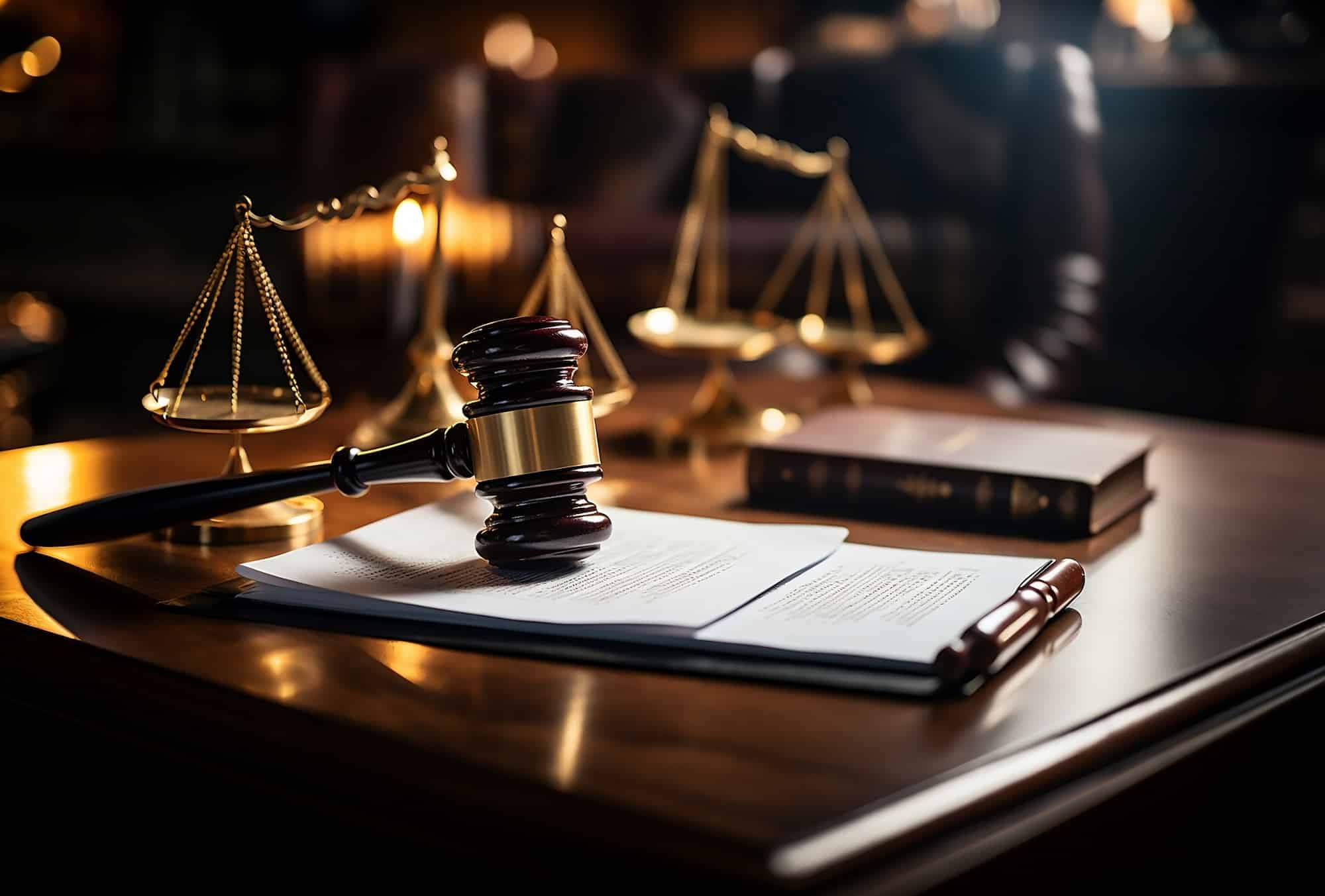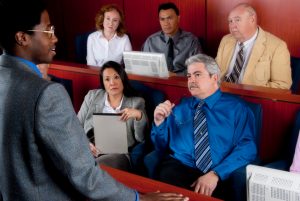Leading Techniques for Developing Impactful Trial Presentations in Courtroom Setups
Leading Techniques for Developing Impactful Trial Presentations in Courtroom Setups
Blog Article
Browsing the Intricacies of Test Presentations: Tips for Seamless Distribution and Compelling Debates
In the realm of lawful process, the art of test presentation stands as a crucial determinant of success. The intricacies intrinsic in trial discussions call for a fragile balance of skill, skill, and technique.

Understanding Test Objectives
To efficiently browse a test, it is essential to have a clear understanding of the objectives that need to be accomplished. Prior to stepping right into the courtroom, lawful teams should specify their objectives and desired outcomes. These objectives work as assisting concepts throughout the test, shaping approaches and influencing decision-making procedures.
Comprehending trial purposes involves an extensive analysis of the instance, lawful precedents, and the client's finest rate of interests. Trial Presentations. It requires a thorough exam of the facts, identifying crucial problems, and expecting prospective challenges. By setting details and measurable objectives, attorneys can customize their discussions and arguments to straighten with the desired results
Furthermore, a clear understanding of trial purposes allows lawful groups to focus on evidence, witnesses, and legal debates efficiently. It permits the advancement of a coherent narrative that resonates with the judge and court, reinforcing the general situation discussion.

Organizing Proof Successfully
Having a clear understanding of trial objectives lays the structure for organizing proof efficiently in lawful proceedings - Trial Presentations. By aligning the presentation of evidence with the desired results of the test, legal teams can reinforce their disagreements and improve their persuasiveness. One critical facet of arranging proof is categorization. Grouping proof based on styles or importance to certain legal components can aid enhance the presentation and make complex information a lot more absorbable for the judge or jury.
One more secret element in organizing proof properly is establishing a logical circulation. Providing proof in a sequential and meaningful fashion can assist build an engaging story that supports the legal arguments being made. In addition, making use of aesthetic help such as timelines, charts, or charts can better enhance the organization of evidence and help in clearing up complex connections or sequences of occasions.
Furthermore, ensuring that all proof offered is acceptable and appropriate to the case is crucial. Irrelevant or inadmissible evidence can detract from the stamina of the argument and potentially hurt the reliability of the offering event. A thorough testimonial and choice procedure should you can try this out be carried out to consist of just the most lawfully sound and impactful evidence in the test discussion.
Crafting Influential Stories
Crafting engaging stories plays a crucial duty in presenting persuasive debates during lawful procedures. When building a narrative for a test discussion, it is crucial to develop a clear storyline that highlights crucial factors and links them in a systematic manner. By weaving with each other proof, testament, and legal disagreements right into a cohesive and convincing narrative, lawful professionals can effectively support for their clients and increase the possibility of a beneficial outcome in the court room.
Mastering Aesthetic Help
Reliable usage of aesthetic help is crucial to enhancing the impact and clarity of test presentations. Visual aids, when utilized strategically, have the power to simplify complex information, strengthen crucial points, and leave a lasting impact on the discretionary. To understand aesthetic help in test presentations, it is critical to guarantee that they are clear, concise, and pertinent to the disagreements being made.
When including visual help, such as graphes, charts, pictures, or timelines, into a test discussion, it is crucial to keep them aesthetically appealing yet specialist. The visuals must enhance the verbal arguments, offering a graph of the information being discussed without overwhelming the target market with unnecessary information.
Moreover, view it experimenting the aesthetic help ahead of time is vital to make certain a seamless distribution throughout the test. Familiarizing oneself with the content, transitions, and timings of each aesthetic help can aid preserve the circulation of the discussion and stop technological glitches that might occur.
Delivering Impactful Closing Arguments
A compelling closing debate offers as the end result of a test discussion, enveloping the core narrative and encouraging the court and jury towards a positive choice. Begin by outlining the main arguments that sustain your customer's placement, emphasizing why the evidence offered throughout the test supports your narrative.
Moreover, including psychological appeal can further reinforce your closing argument. Eventually, a well-crafted closing disagreement must leave a long lasting impression, compelling the judge and jury to rule in your client's favor.
Conclusion
In final thought, grasping trial presentations entails understanding goals, arranging evidence, crafting stories, making use of aesthetic help, and supplying impactful closing arguments. By implementing these approaches effectively, lawyers can present their instance perfectly and make engaging arguments in the court. It is important to navigate the intricacies of trial discussions with accuracy and ability to attain success in useful site lawful proceedings.
By lining up the presentation of evidence with the wanted results of the test, lawful groups can reinforce their debates and enhance their persuasiveness (Trial Presentations). To understand visual help in test discussions, it is important to make certain that they are clear, succinct, and relevant to the debates being made
A compelling closing debate serves as the end result of a test presentation, enveloping the core story and convincing the judge and court towards a desirable choice. Begin by detailing the main disagreements that support your customer's setting, stressing why the proof presented throughout the test sustains your story.In verdict, mastering test presentations includes understanding objectives, organizing proof, crafting narratives, using aesthetic help, and supplying impactful closing arguments.
Report this page